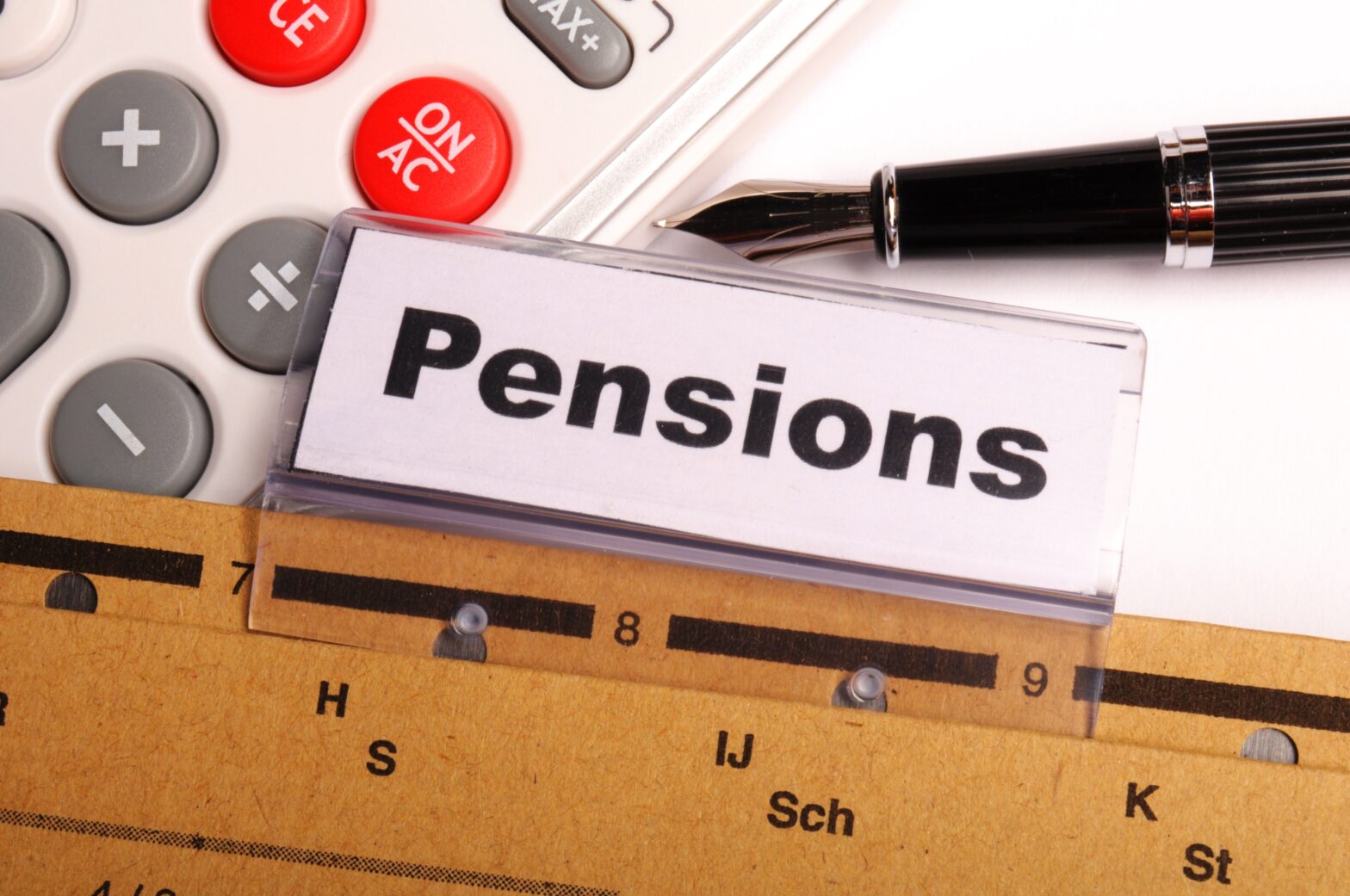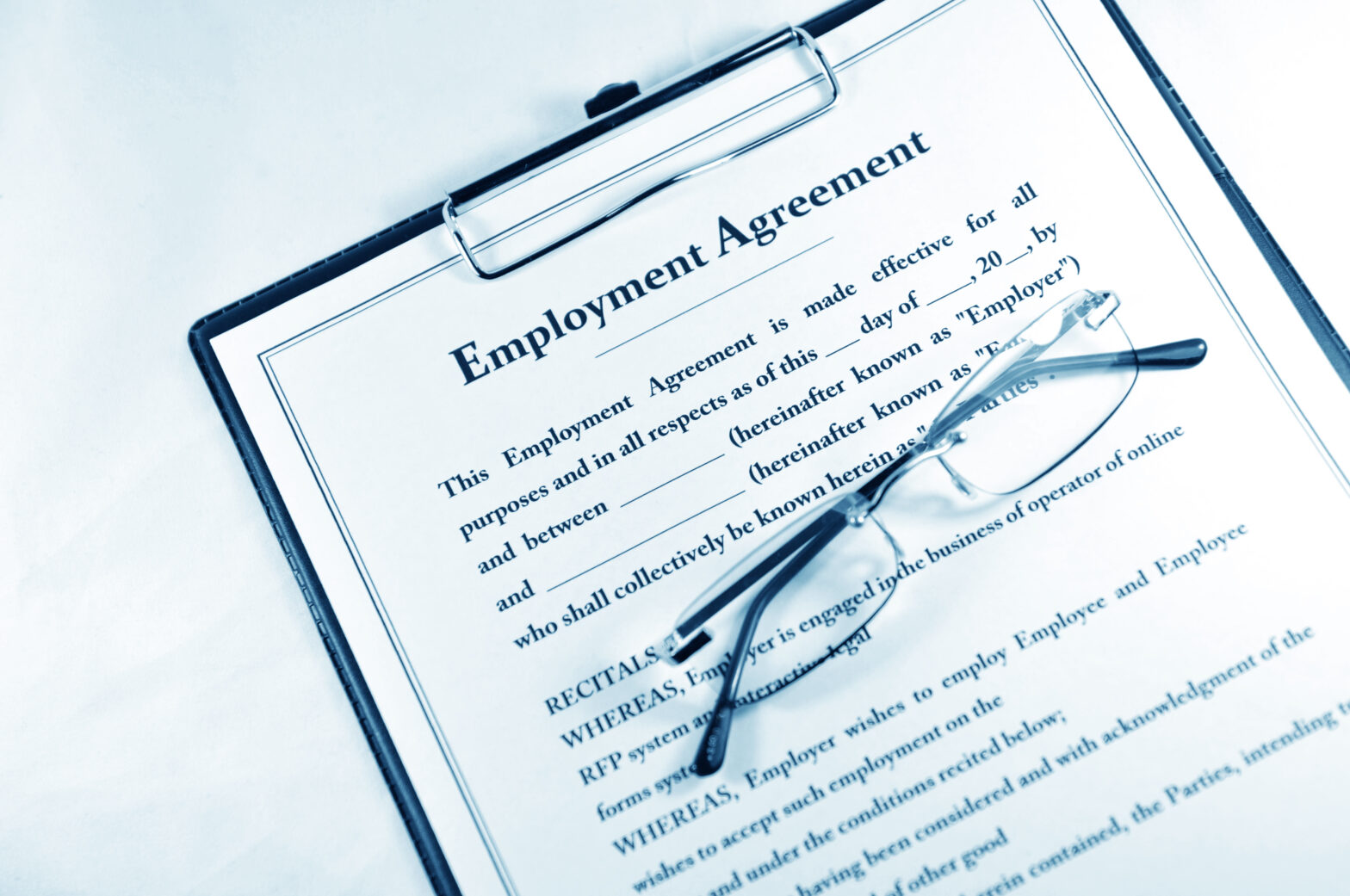Automatic enrolment came into effect in October 2012, but 2014/5 is when most small businesses will need to comply with this change. With businesses being advised to spend up to one year preparing, we are heading towards crunch time for businesses to get their heads around this pension legislation.
What is automatic enrolment?
All businesses have a direct responsibility to support their staff’s pension pot, starting from when an employee is 22 years of age and earning over £9,440 right through until the state pension age. If an employee is within this bracket, the employer is required to automatically enrol them into a pension scheme and contributions are required from both parties, unless an employee chooses to ‘opt out’.
The concept of automatic enrolment sounds simple enough, but the complexities involved in making it a reality, and more importantly, a success mean that employers need to start looking at this now, ahead of their mandatory ‘staging date.’ These ‘staging dates’ are based upon the number of employees in a business’s PAYE scheme on 1 April 2012, and the time is fast approaching for many small businesses.
Automatic enrolment is designed to ease employers and employees into their financial contribution gently. Initially a minimum of two per cent of qualifying earnings must be contributed, of which a minimum of one per cent must come from the employer. That rises over time to 8 per cent by 2018, of which the employer must contribute a minimum of 3 per cent.
But this isn’t the only consideration. The communications aspect of legislation is key, and that is why businesses must prepare early to first understand the legislation themselves and then to communicate it effectively to their employees well ahead of staging. Another challenge for businesses is that they must constantly track all employee records and take appropriate action when they become eligible for automatic enrolment due to age or earnings.
The following tips are useful in helping businesses to prepare:
Find your staging date and appoint your TPR (The Pensions Regulator) contact within your business.
The larger your company, the earlier it will stage. The majority of small businesses will stage in 2014 and 2015. The Pensions Regulator, as the name suggests, regulates the scheme and you must make sure your business has assigned someone to handle all communication with this organisation in advance.
Speak to your payroll provider and find out how your software will deal with automatic enrolment.
Many will offer an enhanced system to make compliance easier, and it is important to find out ahead of time what they will offer.
Key questions to ask your payroll provider include:
a. What can you offer me to deal with automatic enrolment?
b. What additional support will you provide me with?
c. When will your software be ready to handle automatic enrolment?
Have a qualifying pension scheme ready to offer
As an employer you will need to make sure that you have a qualifying pension scheme set-up in advance of your staging date so that you can start to enrol jobholders. You also need to ensure they are giving you what you require and find out exactly what services they provide and how/if they will communicate with your payroll provider. Without this scheme in place you will not be able to begin enrolling your eligible employees and may miss your required staging date, with a possibility of fines for those employers who stage late.
Appoint an automatic enrolment team
Automatic enrolment requires someone to take responsibility for the scheme within your company to oversee the process and the day to day administration of the scheme. With so many elements to manage it’s vital to have a dedicated team in place early to ensure a smooth transition.
Develop your automatic enrolment action plan
When you’ve ensured you have the right contacts in place and your software will fully support your transition, you need to develop a plan. Make sure you understand the key dates ahead of staging and are aware of what you need to communicate to your employees well in advance.
Know the cost
The amount of money to be paid by a worker, and their employer, will be calculated as a percentage of their “qualifying earnings” namely, gross earnings more than £5,715 up to a maximum of £38,185. So for example, for a person who earns £19,000 a year, the percentages would be calculated from the difference between £5,715 and £19,000, which is £13,285.





